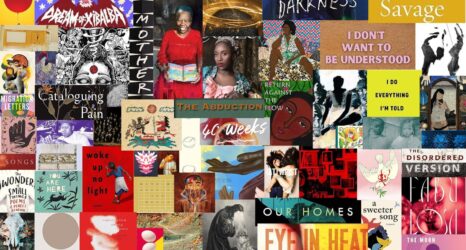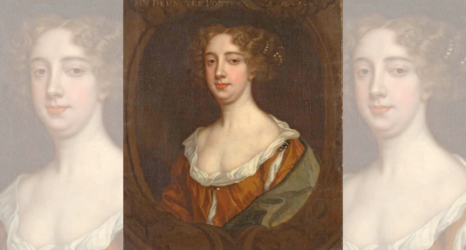Ms. June
Where is the girl of June who skipped and ran
along the feather lane of birdy hill?
I’d like to give her my last daffodil.
She’s lost on river road where she began.
A “girlie calendar” makes one think of men’s lockers, walls of auto repair shops or a military barracks: They’re typically collections of nude or scantily dressed women in provocative poses, designed for the male heterosexual gaze.
But what if a girlie calendar is designed with a lesbian gaze in mind? That sort of subversion is what lesbian poet Mary Meriam has in mind with the title of herpoetry collection, Girlie Calendar, and for the Ms. Blog she is excerpting from the book a poem-of-the-month (she began in October and continued in November, December, January, February, March, April and May). Meriam is also selecting accompanying artwork for each month from both historical and contemporary lesbian-related images.
June’s artist is the American expatriate painter Romaine Brooks (1874-1970), who was renowned for her monochromatic paintings but was equally skilled at painting in color. In the 1912 work “Femme avec des Fleurs” (also known as “Spring”), Brooks explores themes of female sensuality and considers her own claim on the body of her lover, the famous performance artist and Lady Gaga of her era, Ida Rubinstein.
Spring is an allegorical vision of natural fertility and growth. In it, we have a stunning example of Romaine Brook’s subtle use of color in the landscape. Take, for instance, the pale alabaster of Rubinstein’s skin, the whiteness of the doe in the background, the paper-white birches and the white flowers at her feet—all of these ironically represent modesty, chastity and purity. Brooks’s choice of colors denotes Rubinstein in chaste lushness, epitomizing her as an immaculate creature of the natural world. Brooks depicts her as a kind of pagan Virgin Mary. The figure’s downcast eyes and the garland of flowers, flowing from her hand and spilling onto the grass, reinforce this reading of the painting. This surprisingly colorful expression of unsullied spirituality is a Sapphic fantasy of a purely feminized environment, untouched by man, where lesbian desire has free range.
Permission to reprint Brooks’ painting from its owner, Lucile Audouy.
Poet Mary Meriam is the founder of Lavender Review, cofounder of Headmistress Press and author of The Countess of Flatbroke, The Poet’s Zodiac, Word Hot, Conjuring My Leafy Muse and Girlie Calendar.





